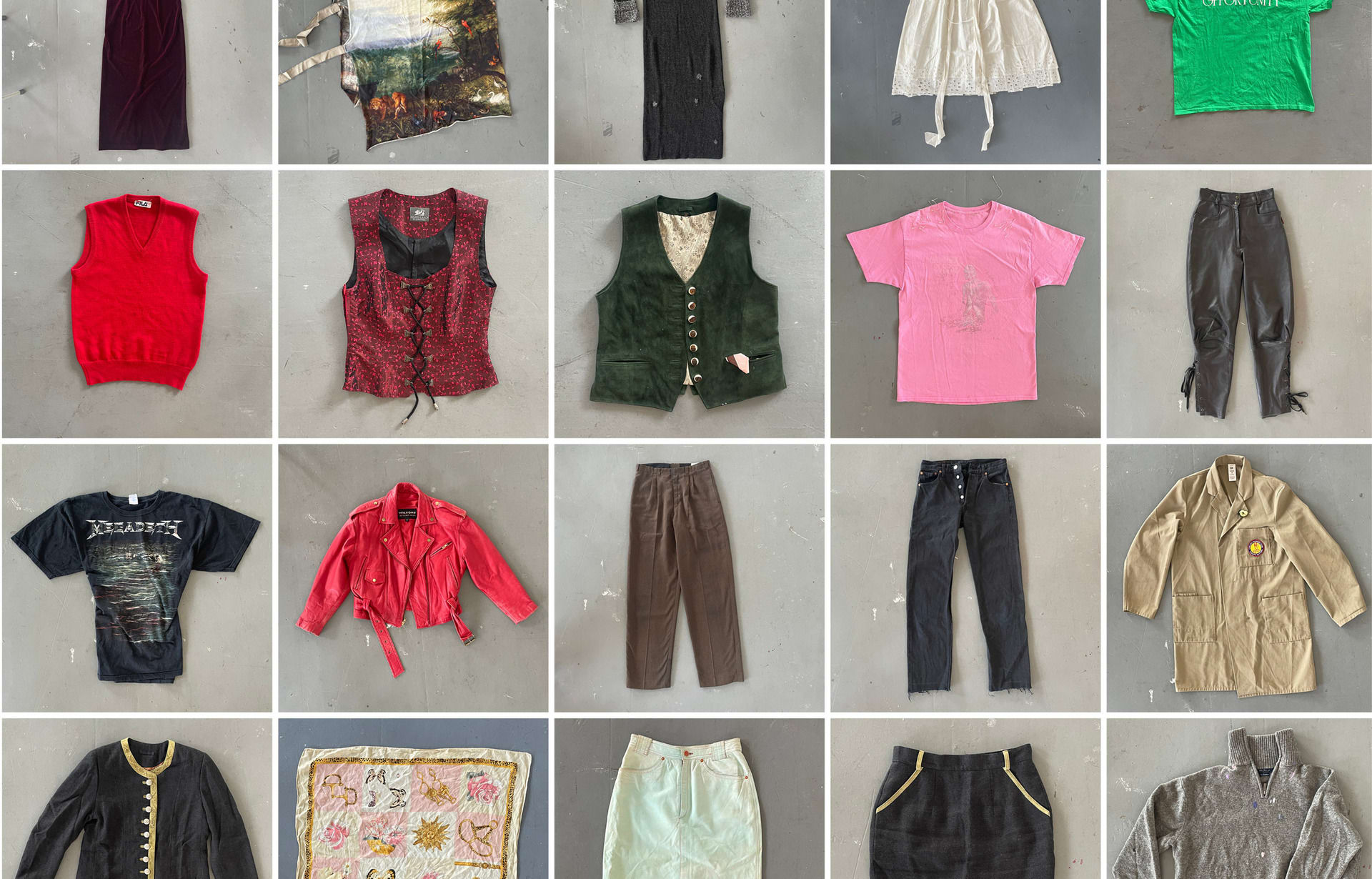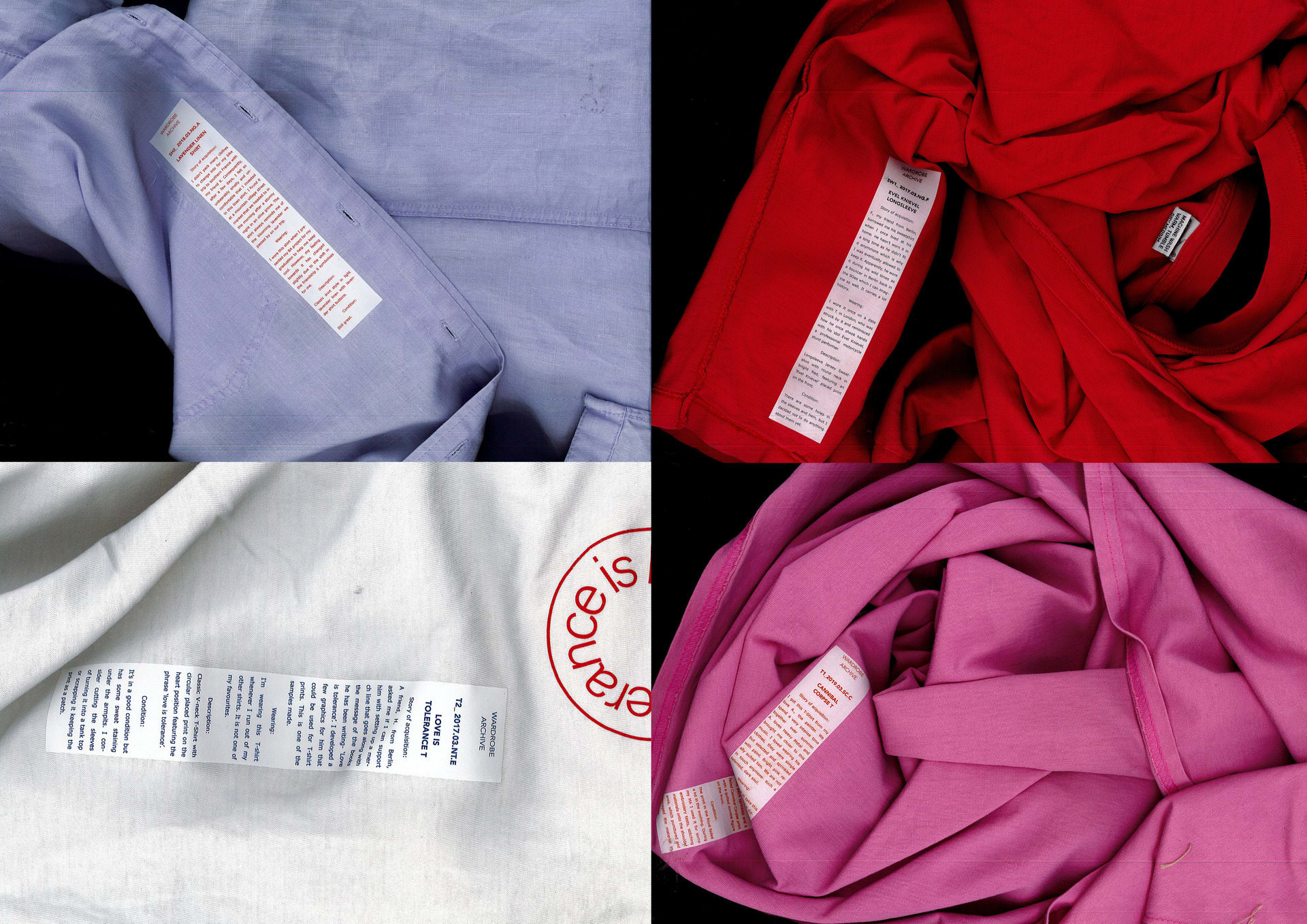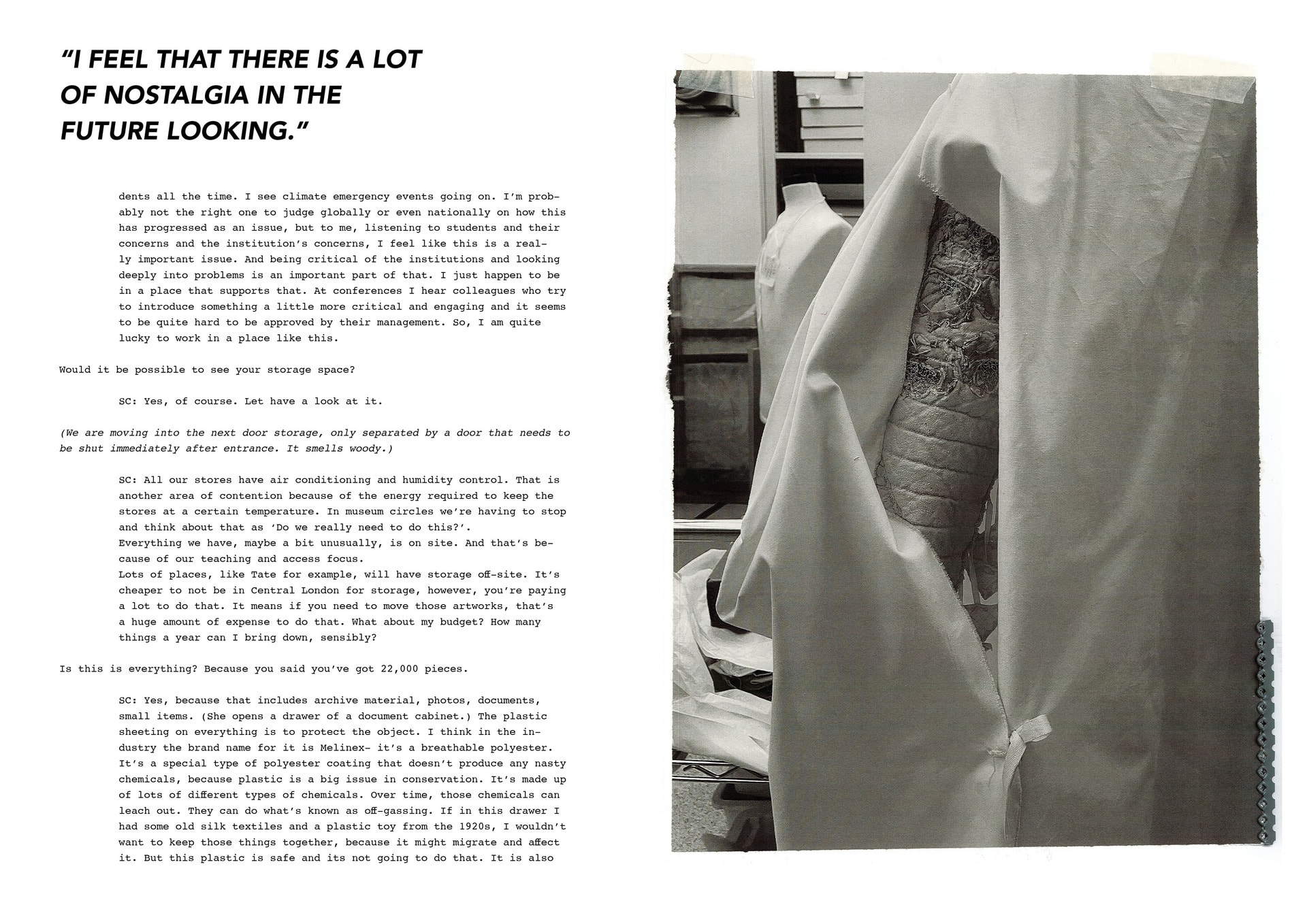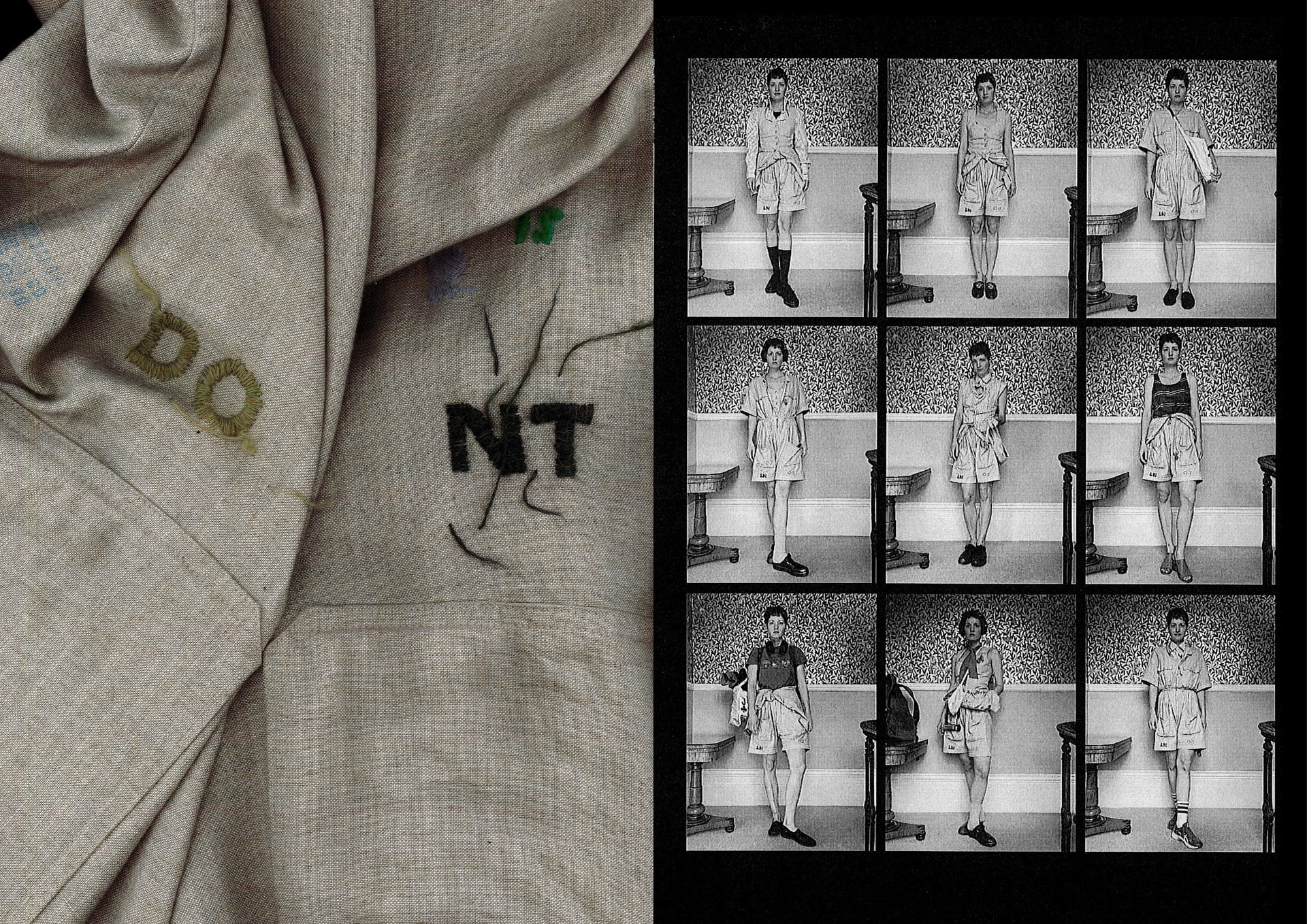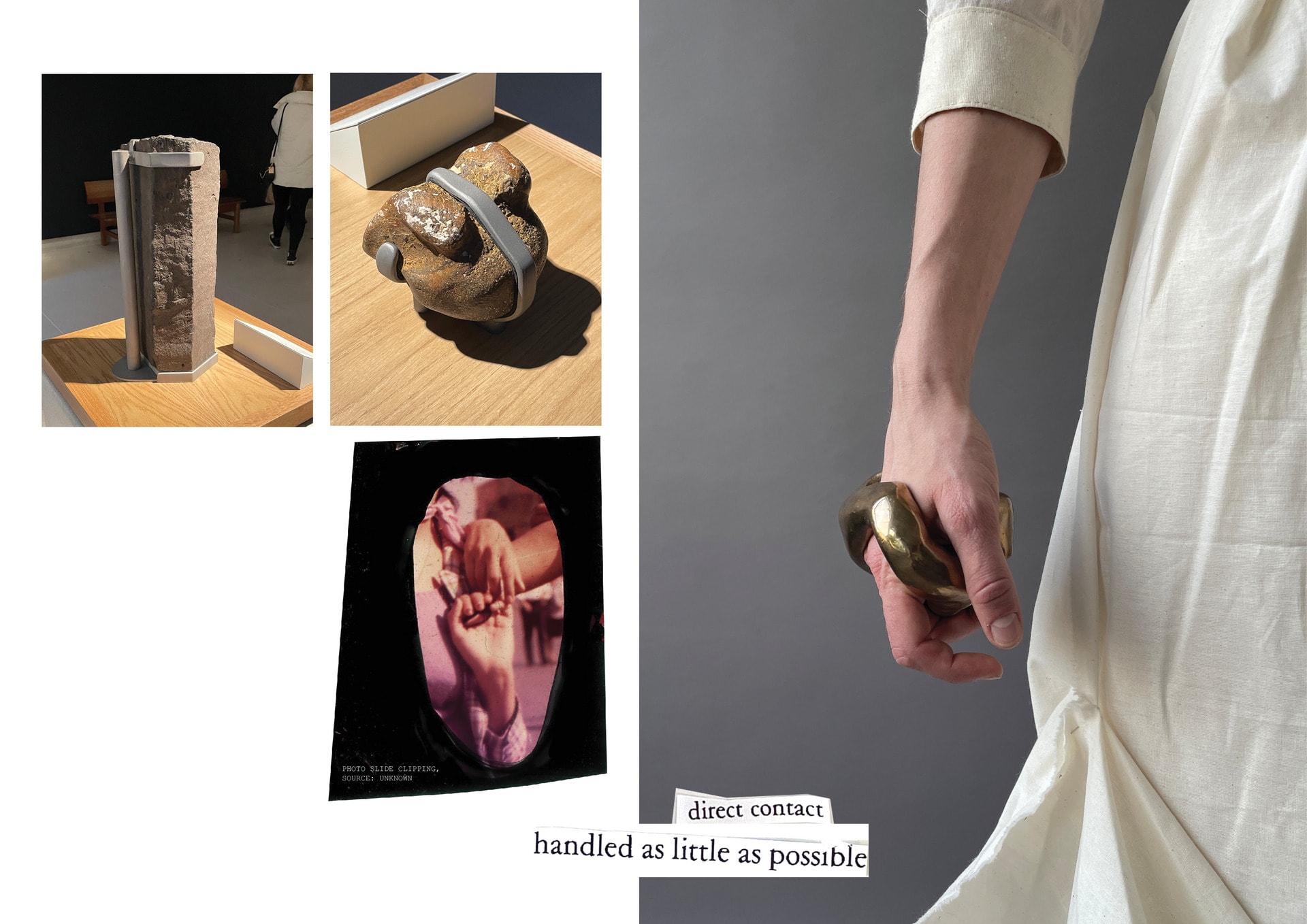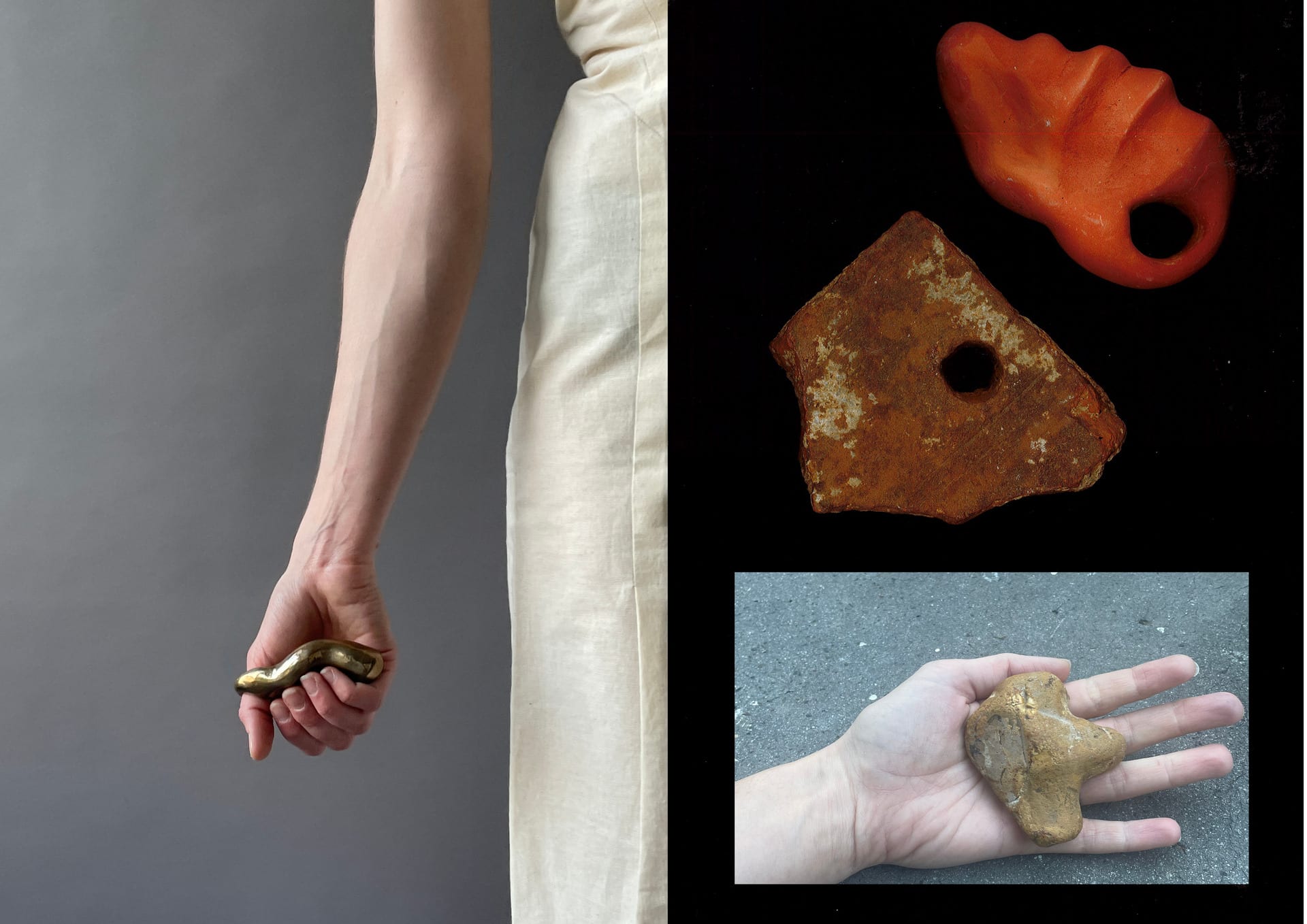"The beauty of things is forged in the attentiveness we bring to them." [1]
‘Archival Confessions – Re*thinking Wardrobes’ reflects my dedication to organising the objects and belongings in my life. It is a conceptual work that breaks away from the norm of making new clothes and allows one to contemplate what value comes from what is already owned.
The inspiration for this body of work comes from an innate urge to capture the stories stored in the objects that surround us as a path to self-discovery through documentation.
My practice is commonly informed by inviting the voices of people into my thinking through leading targeted conversations. For my graduation project I have been interviewing curators, researchers, collection managers and artists - people working with collecting & collections at the heart of their practice. The exploration of institutional archival work is an evolution of my previous research into the private repositories of individuals.
The interpersonal and material encounters made have inspired a varied body of work that seeks to question the spaces between valuable and invaluable, possession and absence, past and present, physical and digital, rational and emotional.
My work throughout the year draws inspiration from archival practices, responding to observations made, designing objects, systems and wearables. Contemplation, concealment and accessibility, rituals of care and handling, principles of anti-consumption and systems of collecting and maintaining have informed my thinking.
I believe in promoting the idea of conscious consumerism and taking stewardship over our belongings through strengthening the relationship with our existing wardrobes, considering garments as markers of our own personal history, while finding techniques to document our experience through making.
This currently results in an auto-ethnographic experimentation of wearing the same garment for an extended period of time, tailored and modified in real time to accommodate a range of personal needs and practical adaptations. This experience is accompanied by short essays documenting this experience.
The title ‘Archival Confessions’ expresses the intimate personal revelations that accompanied my journey down the archive.
